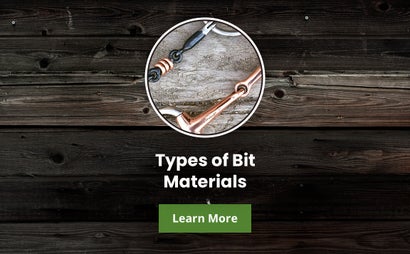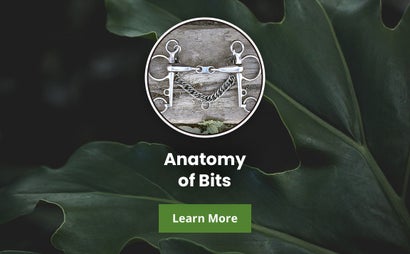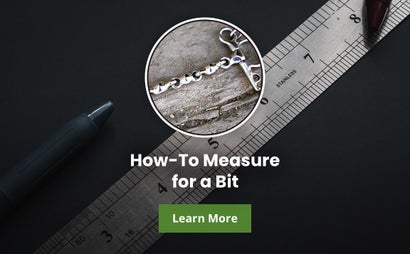A Bit on Bitting:
Mouthpieces
Walking You Through the Different Types of Bit Mouthpieces
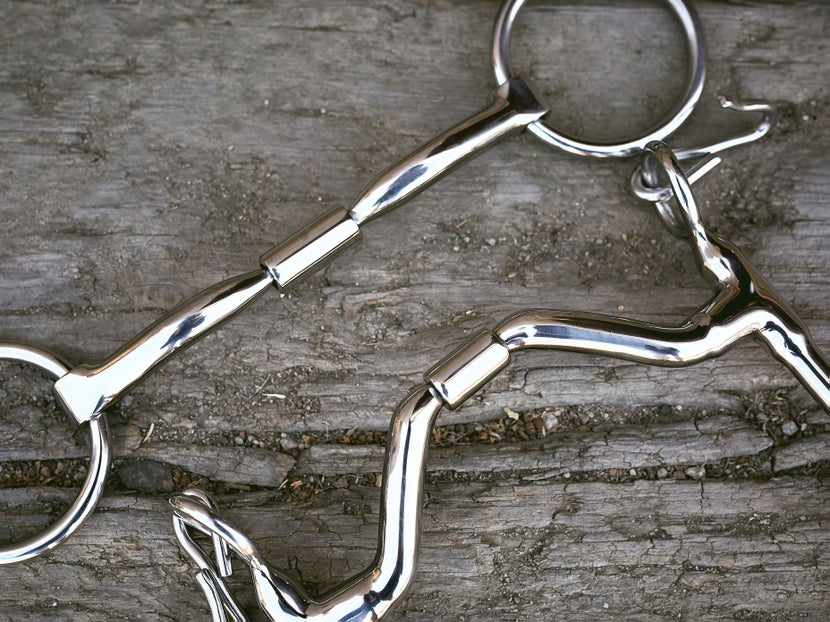
With the wide variety of different bits available, you may be unsure which is best for you and your horse. A good first step in finding the right bit is to understand how different cheekpieces, mouthpieces, and bit materials function in your horse's mouth. To help you get started on your bit quest, we've created a few guides to answer all of your bit-related questions!
In this guide, we will discuss common mouthpieces, how and where they enact pressure, and the differences between jointed and non-jointed mouthpieces.
Jointed vs. Non-Jointed Mouthpieces
There are two different types of mouthpieces for bits: jointed and non-jointed. Jointed mouthpieces feature a break or multiple breaks in the bit and engage pressure on the tongue, bars, and lips of the horse. A single joint has only one break in the mouthpiece and creates a "nutcracker" effect. This means when the reins are engaged, the bit collapses and rotates down into the tongue, bar, and lips. A double-jointed mouthpiece has a link or plate in the middle of the bit, which reduces the nutcracker effect felt on the mouth. For this reason, double-jointed bits are typically thought of as being softer than single-jointed ones.
A non-jointed mouthpiece features a straight or slightly curved solid bar. Because it does not have a break in the mouthpiece, it cannot employ the nutcracker effect, making it milder than jointed bits in the right hands. Some non-jointed bits have ports, or raised areas in the center of the mouthpiece, which can offer tongue relief but may also put pressure on the roof of the mouth.
Types of Mouthpieces
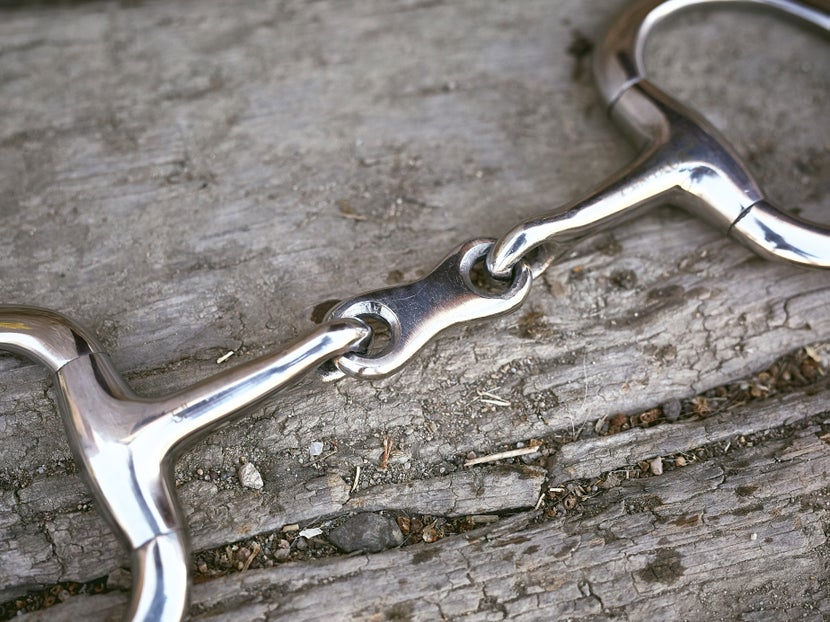
French Link Mouthpiece
A French link is a double-jointed mouthpiece that features a small, flat plate between two bars of the bit. This plate reduces the nutcracker effect, but will still enact pressure on the tongue, bars, and lips of the horse. French link mouthpieces are extremely popular among equestrians and can be seen on green to experienced horses.
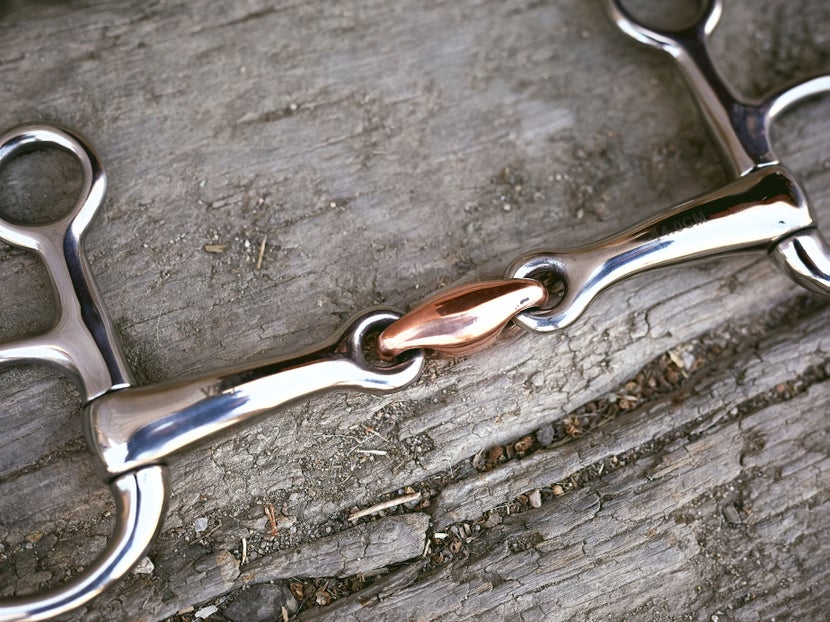
Oval/Lozenge Link Mouthpiece
Similar to the French link, the oval or lozenge link mouthpiece is a double-jointed bit, but its centerpiece is round instead of flat. The round shape reduces the amount of pressure on the tongue when the reins are engaged. This makes it a good choice for horses who prefer a double-jointed mouthpiece but require less tongue pressure.

Dr. Bristol Mouthpiece
Also similar to the French link, the Dr. Bristol mouthpiece is a double-jointed bit with a small, flat plate between the bars of the bit. However, the flat plate sits at an angle, so more pressure is applied to the tongue and palate when the reins are engaged. Due to the increased pressure, the Dr. Bristol mouthpiece is a good choice for horses who prefer a jointed mouthpiece but can become strong.
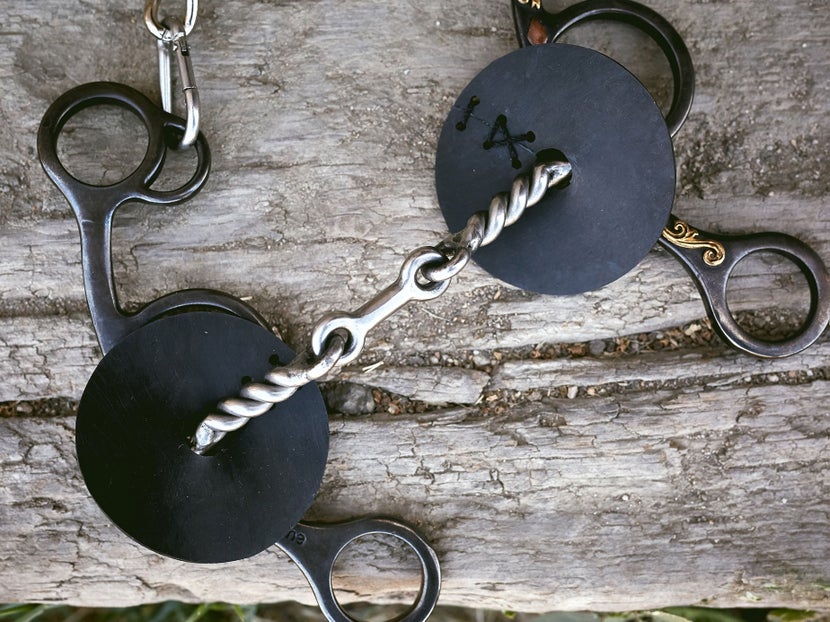
Dogbone Mouthpiece
Double-jointed dogbone mouthpieces are named after the shape they resemble. Typically seen on Western bits, the dogbone is similar to other double-jointed mouthpieces and will reduce the nutcracker effect felt on the horse's mouth. Dogbones can sit level, like a French link, or tilted, like a Dr. Bristol, which can vary their degrees of tongue pressure.

Mullen Mouthpiece
A mullen mouthpiece is a straight bar with a slight curve to accommodate the horse's tongue. Since it has no joint, mullen bits are considered milder, as they enact more pressure on the tongue than the sensitive bars of the mouth. They encourage the horse to relax and raise at the poll, however, these bits are not ideal for lateral flexion work or horses that tend to lean on the bit.
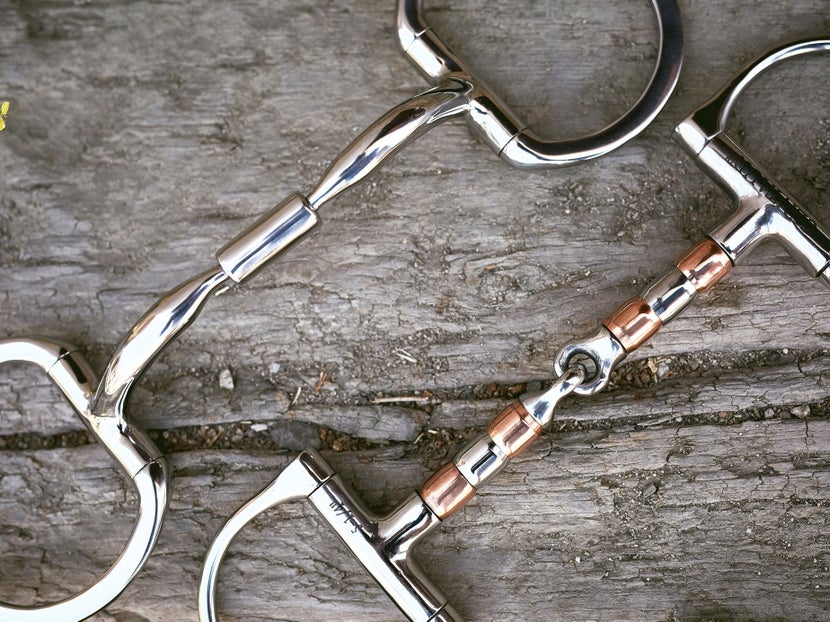
Roller Mouthpiece
Roller mouthpieces feature "rollers" or bushings that move when manipulated by the horse's tongue. Some rollers are flush with the mouthpiece and simply move around when the horse pushes them with their tongue. These are a good choice for horses who have "busy mouths" or green horses learning to accept the bit for the first time.
Another type of roller mouthpiece, called a cherry roller, features large round brushings that spin and make it difficult for the horse to grab the bit or lean against the rider's hands. The last type of roller is seen on Myler bits and allows for independent side movement. This helps the rider give very clear, precise signals to the horse.
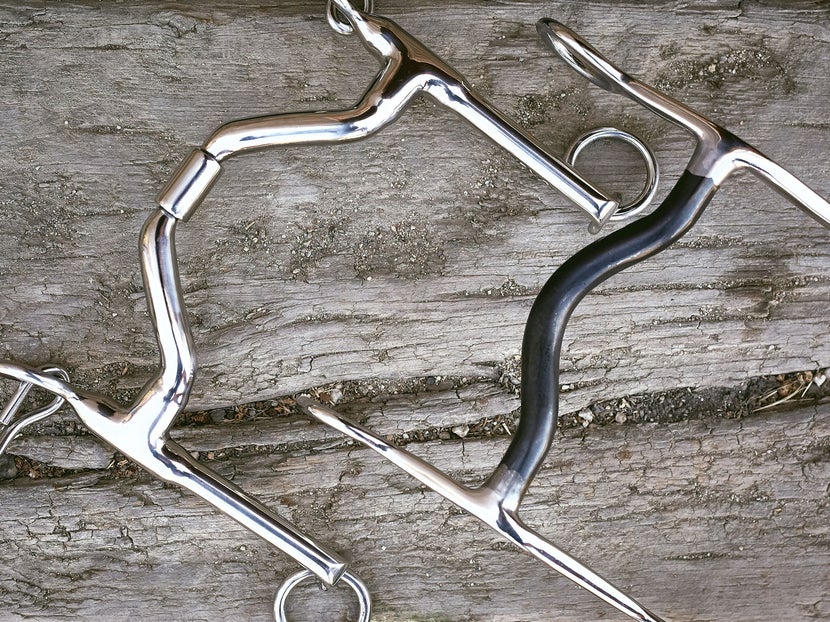
Port Mouthpiece
A port is a raised portion in the middle of the mouthpiece that can be low, high, narrow, or wide. Each type of port offers a different effect in the horse's mouth, particularly pressure on the tongue or palate. Low ports work similarly to mullen mouth bits while wide ports offer the horse tongue relief. Higher ports will enact palate pressure as they sit straight against the horse's tongue until the reins are engaged. The rein pressure triggers the port to rotate into the palate. Ports are typically 2-2.5" to enact pressure on the roof of the mouth.
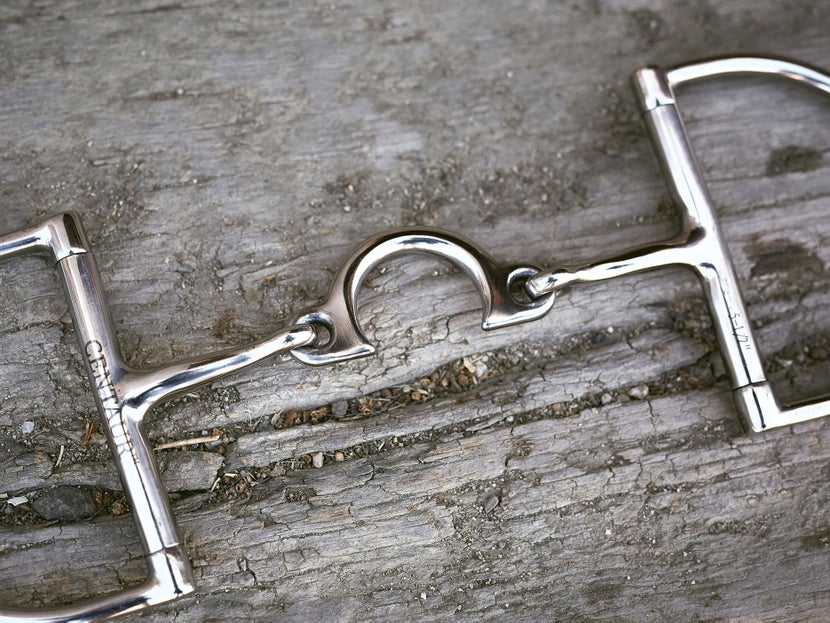
Jointed Port Mouthpiece
Ported bits can also come with a single or double-jointed mouthpiece. Unlike a normal port, a jointed port can potentially create a nutcracker effect in the mouth. In these cases, most of the pressure is delivered to the bars of the mouth instead of the tongue.
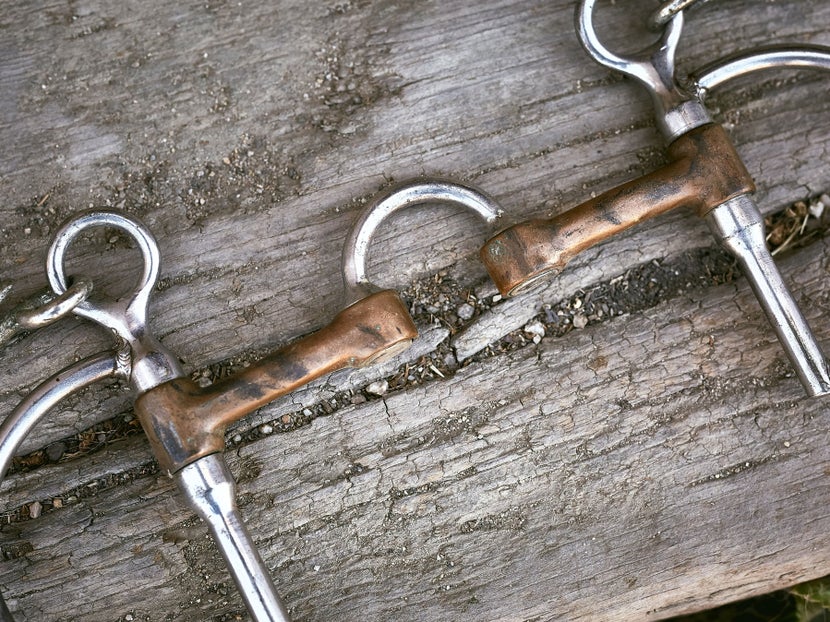
Correction Mouthpiece
A correction bit's mouthpiece features a port with joints connecting to the barns to allow the independent movement of either side. Correction ports may be square or U-shaped and can vary in height. Higher ports do allow some tongue relief, but can also employ palate pressure when the reins are engaged. When the entire bit is engaged, a correction bit can put pressure on the tongue, chin, poll, and palate. These bits are designed for horses who have a tendency to disobey rein aids and should only be handled by experienced riders.

Lifesaver Mouthpiece
A lifesaver is a jointed mouthpiece featuring an "o" link in the middle of two bars. The center link applies pressure to the tongue, while the double-jointed action reduces the nutcracker effect across the entire mouth. Livesafer mouthpieces often have copper keys or rings that promote salivation and help horses with busy mouths. These mouthpieces are a good option for horses transitioning up to a shank bit from a snaffle.
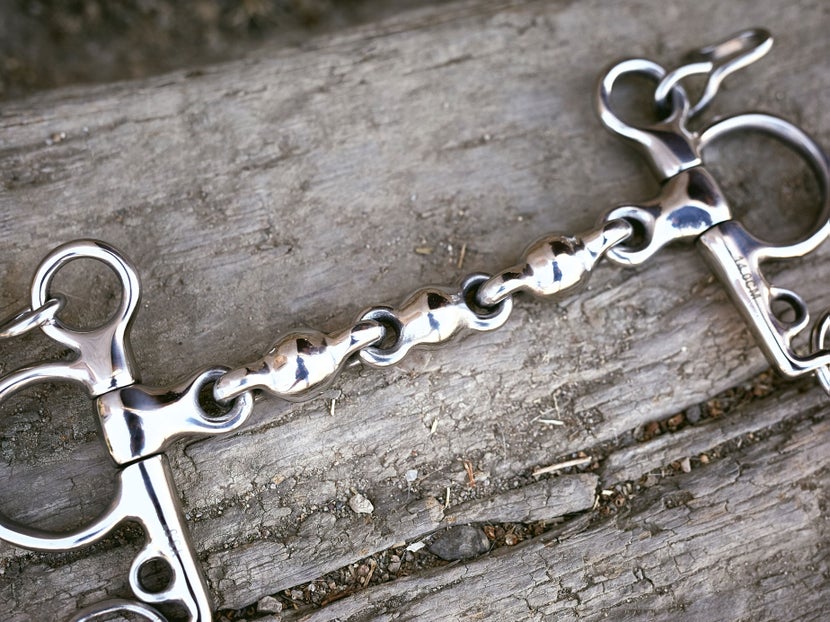
Waterford Mouthpiece
The Waterford mouthpiece is made up of multiple links that mold to the horse's mouth and apply equal pressure to the tongue, bars, and lips. Since this mouthpiece is very flexible, there is no nutcracker effect. The Waterford mouthpiece is a good choice for horses who become heavy in the mouth, since it is difficult to lean on.
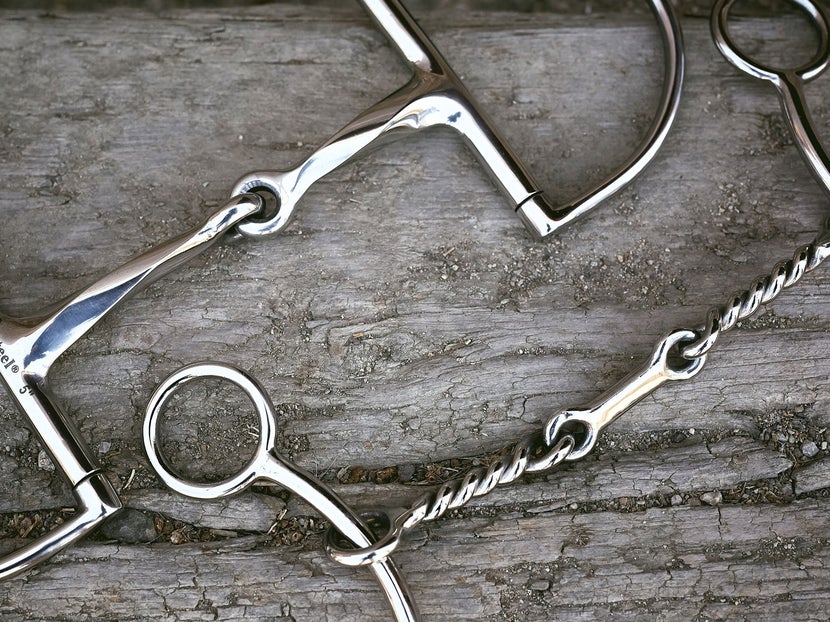
Twisted Mouthpiece
This mouthpiece features a twisted design to apply concentrated pressure throughout the mouth. A slow twist has fewer turns than a fast twist mouthpiece and is therefore considered to be less severe. Twisted mouthpieces are typically used for horses who have become unresponsive to rounded mouthpieces.
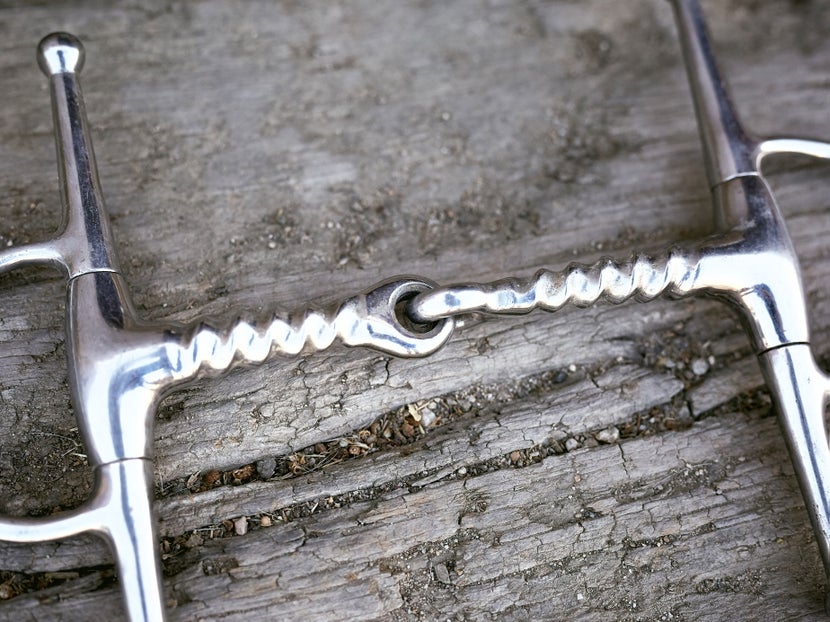
Corkscrew Mouthpiece
A corkscrew mouthpiece features twisted, rounded edges that also apply concentrated pressure on the horse's mouth. Due to its design, a corkscrew is considered to be more severe than a slow twist mouthpiece, but less severe than a fast twist mouthpiece.
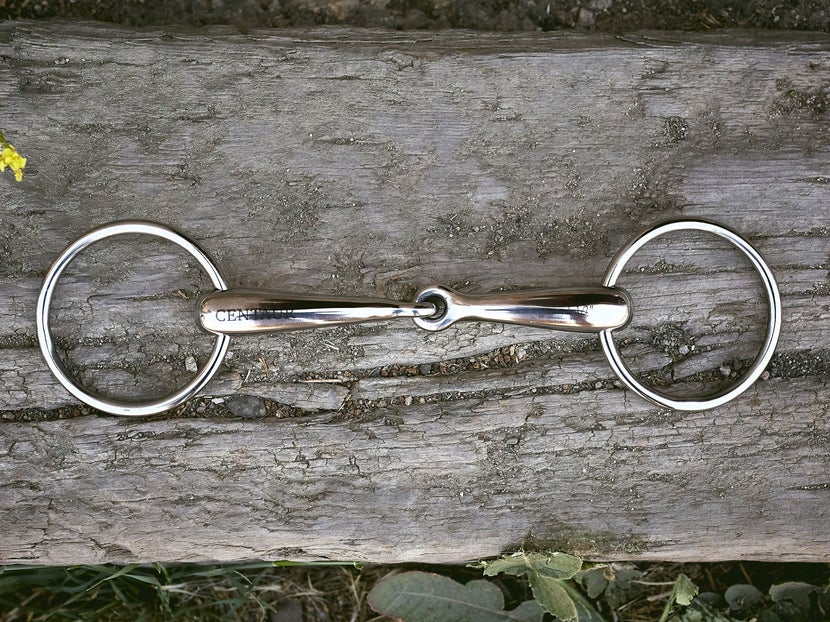
Hollow Mouthpiece
The bars on these bits are hollow, making them lighter than traditional mouthpieces. Hollow mouthpiece bits are typically wider and bulkier, which disperses rein pressure over a larger area within the mouth. For this reason, they are considered milder than thinner bits. If you have a horse with a thick tongue, a hollow mouthpiece might not fit correctly, as there will not be enough room between the tongue and the roof of the mouth.
Closing Thoughts
We hope our guide on mouthpieces alleviates some of the confusion you may have with horse bits. It's important to remember that not every type of mouthpiece will work for every horse, and your equine companion will likely respond better to some than others. Remember to listen to any advice from your trainer or veterinarian, and especially listen to your horse!

